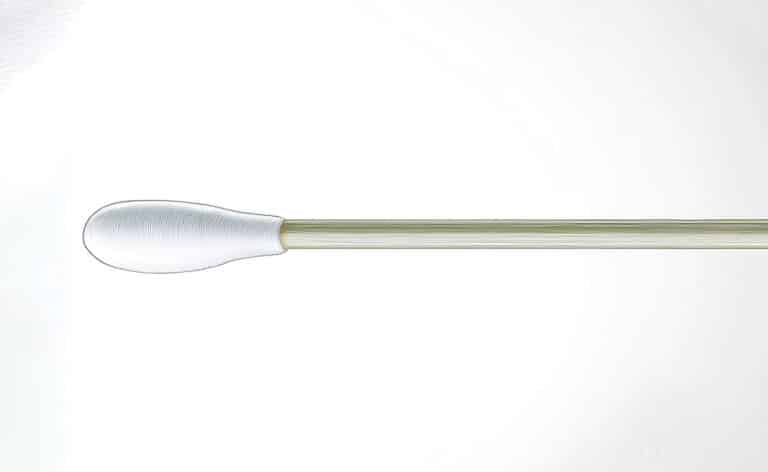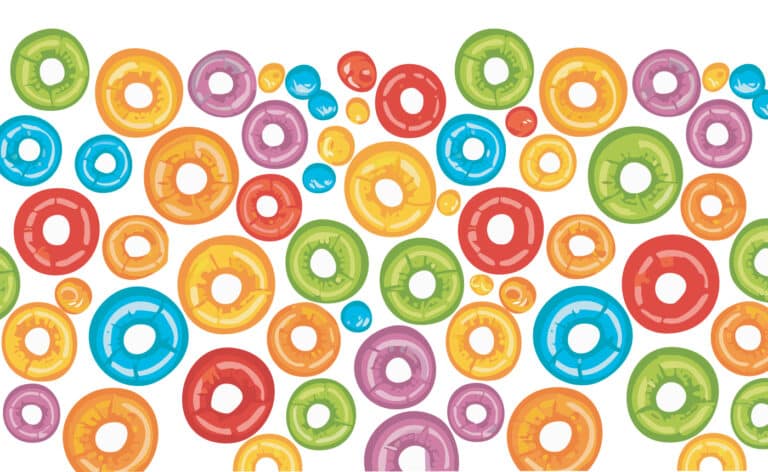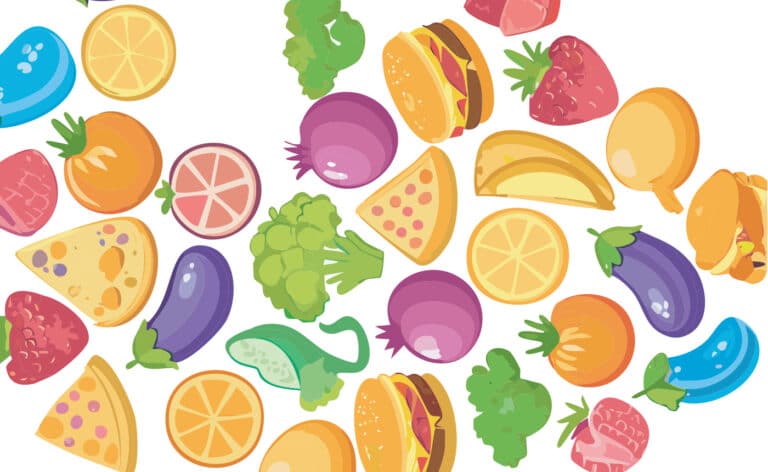By Michelle Dudash, R.D.N.,
EatingWell.com
Eating clean may seem like a new buzzy idea, but really it’s about going back to some sane, basic healthy-eating principles. If you’ve lived by these principles for years, think of this as a helpful reminder.
Clean eating means filling your plate with real, whole foods, eating a variety of vegetables, fruits and whole grains, moderate amounts of lean meats and sustainable seafood, dairy, nuts and seeds and healthy oils. Notice how you don’t eliminate food groups? Eating clean also means choosing foods that are in season and limiting processed foods, salt, added sugars and unhealthy saturated fats.
So what are you waiting for? Here are five key principles to help you eat cleaner, fresher, tastier for a healthier you:
1. Limit processed food
Some packaged foods–like yogurt or bagged greens–are “clean.” To pick healthy processed foods, look for whole foods in ingredient lists. If an ingredient sounds suited for a chemical lab, think twice.
Another benefit to limiting processed food: In a study in Food and Nutrition Research, people who ate a “whole food” sandwich (Cheddar on multigrain bread) burned about 64 more calories per meal than those who ate a “processed” sandwich (processed cheese on white bread). The energy needed to digest a less-refined, more nutrient-dense sandwich may explain the extra calorie burn.
2. Watch the sodium
Americans regularly eat 1,000 mg more sodium than the recommended daily limit of 2,300 mg, mostly from processed foods and restaurant meals. (Your recommended daily limit is even lower at 1,500 mg if you’re 51 years or older, African-American, have high blood pressure, diabetes or kidney disease.)
Help your heart and blood pressure: cook from scratch as much as possible so you can control the amount of added salt and be creative with how you flavor foods. Use plenty of spices, fresh herbs and vinegar or citrus.
3. Eat less meat
While meat offers protein, iron and vitamin B12, too much can pile on saturated fat and cholesterol. But you don’t have to cut out meat entirely to eat healthy. Use a small amount to flavor largely plant-based dishes, like seasoning vegetable soup with bits of chicken or jazzing up noodles and vegetables with shreds of pork.
4. Eat more vegetables
Low in calories and packed with fiber, vegetables are also bursting with vitamins and minerals. Eating more veggies in small amounts here and there will add up quickly and help you get the 21/2-3 cups per day that’s recommended for most adults.
Whir spinach into smoothies, tuck snap peas into wraps and sandwiches, double up vegetables in stir-fries. When dining out, start your meal with a salad or order a vegetarian entree.
5. Choose whole grains
Replace refined grains with whole ones to capture beneficial nutrients in the bran and germ. Start your day with steel-cut oats, add quinoa or freekah (roasted, rubbed green grain, usually wheat) to salads and try wild or black rice with dinner.
The extra fiber might also slim you down. People who eat three or more whole-grain servings daily have lower body mass indexes and less belly fat than those eating fewer servings, says a study in the Journal of Nutrition.
(EatingWell is a magazine and website devoted to healthy eating as a way of life. Online at www.eatingwell.com.)










